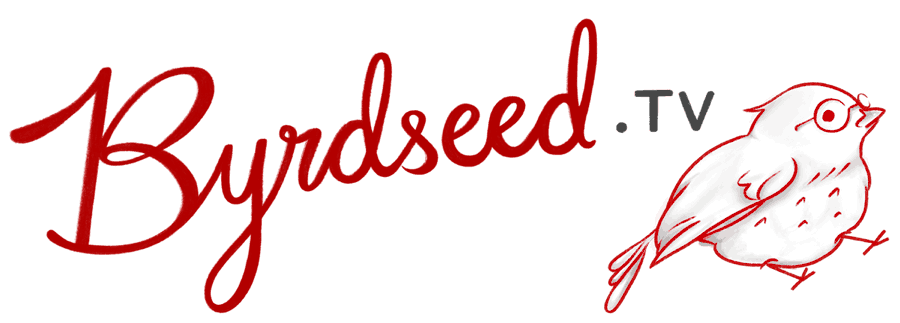🔒 This is just a preview!
With a Byrdseed.TV PD account, you can use this video as professional development.
You'll save some serious time.
You'll never wonder what to present again.
You can give your teachers the specifics they want.
It's a game changer.
Byrdseed.TV has 100s of lessons your teachers can use plus professional development resources for you!
You'll save some serious time.
You'll never wonder what to present again.
You can give your teachers the specifics they want.
It's a game changer.
You can use these lessons directly with your students.
Your teachers can use these Byrdseed.TV lessons directly with their students! It's a game changer.
Your teachers can use Byrdseed.TV lessons directly with their students and you get access to PD resources. It's a game changer.
Want to try Byrdseed.TV?
Set up a free trial →
Start using these resources with your students today! Get access to the library of done-for-you PD resources! Give your teachers access to hundreds of high-quality, done-for-you lessons! Get access to lessons for your teachers, plus done-for-you PD resources! Get access to the videos plus printable resources, interactive apps, and more!
Summary
What if you had an original iPod and sold it compared to if you had bought the equivalent amount of Apple stock and sold that?
- Introduce the prompt: What if we bought Apple stock instead of the original iPod? How much money would we have if we sold them both today? Ask "what do we need to know?" to answer this. Students will find this information online.
- Students compute the number of Apple shares they could have bought on October 23, 2001. Then they compute the amount of money those shares would be worth now.
- They create three interesting ways to express the two amounts: one using a pure math skill (percents, ratio, difference) and two using equivalence (how many Big Macs, tickets to Disneyland, or PlayStations could you buy with the two values).
- Students repeat their investigation for another product or company (or twice if you'd like!).
- They finally create a big idea about investing vs spending, backing it up with evidence from their research. Their final product can take the form of an essay, presentation, video, website, etc.








